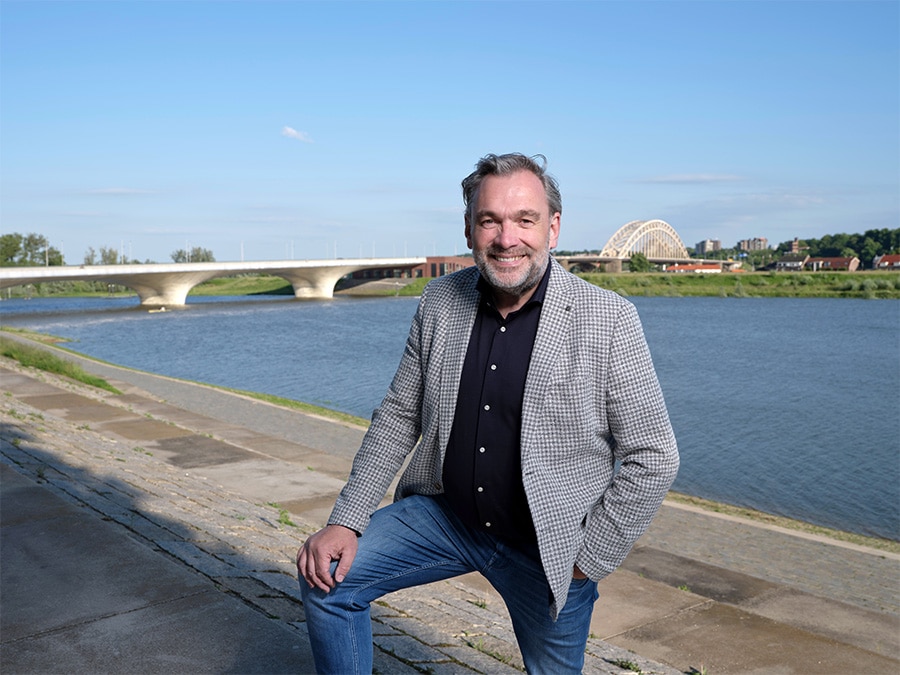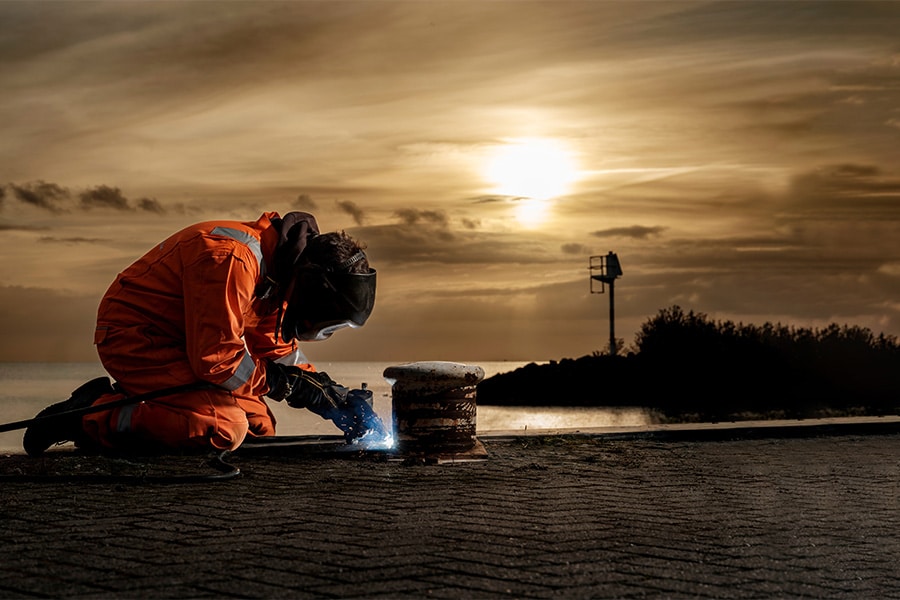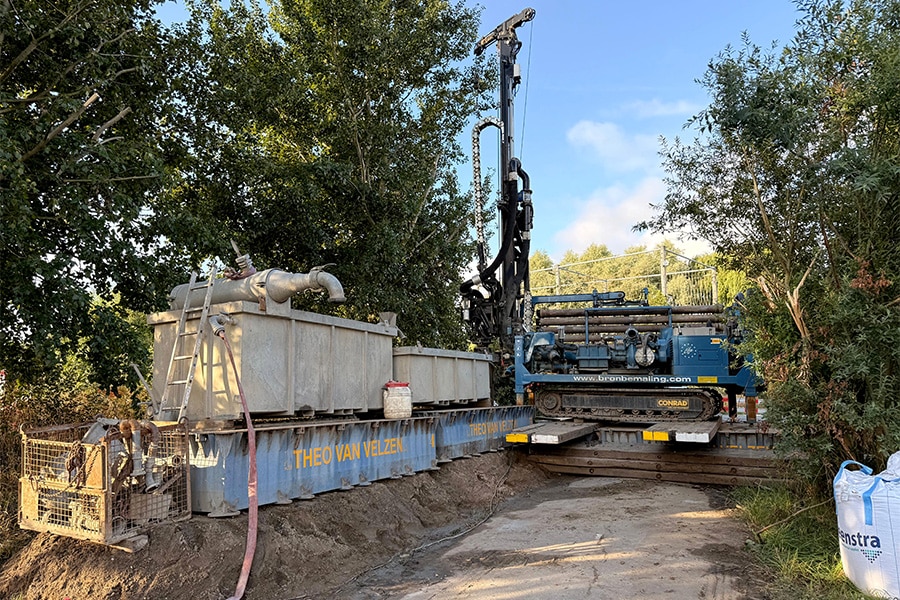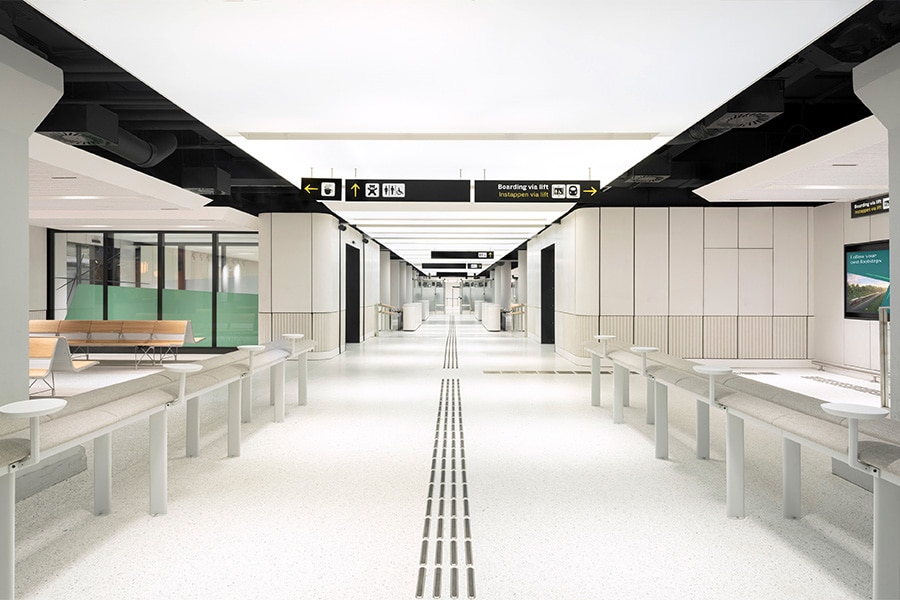
Road management could be much better
Many road authorities use the CROW road management system to plan maintenance of road surfaces. It gives only a limited and superficial picture of the status of a road construction, according to Wilco Bouwmeester of the Road Scanners. "We make sure that our clients get complete insight, so that problem locations are brought into focus, with the objective that road maintenance budgets can be used more efficiently."
Information about the existing road pavement and subgrade can and must improve, Bouwmeester believes. "Things too often go wrong because people only rely on visual inspections and asphalt borings. That does not give a complete picture and also causes a lot of inconvenience. On the basis of road construction knowledge and geophysics, we developed a method to completely map the road surface while driving. We scan not only the asphalt but also everything underneath for a complete insight into the construction. Information that forms the basis for the efficient management of an acreage or progress of a project."
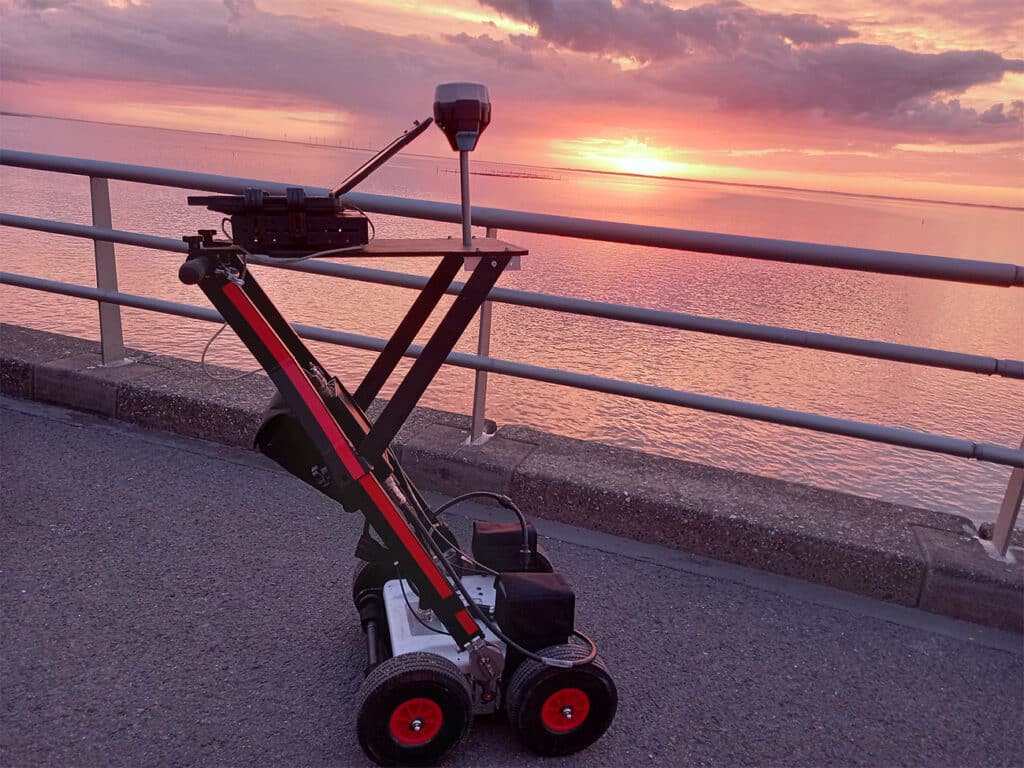
Insight
"With a gamma spectrometer and a ground penetrating radar we measure, among other things, the thickness of the asphalt construction and the foundation package and we can also very accurately detect deviations (read: damages)," Bouwmeester continues. "With that information supplemented by other (regular) investigations and domain knowledge of the area, we can provide road managers with insight into the status of their area. Which road section has a bearing capacity problem and which road section can be maintained more simply. Ultimately, this information is provided with a pavement recommendation. This is in contrast to the current methodologies that do not accurately reflect in detail what needs to be done and are mostly based on assumptions." Bouwmeester makes an apt comparison to a wooden window frame. "With our technique, it is visualized exactly where a lick of paint is sufficient and where a complete piece of wood needs to be replaced. So one knows exactly where what needs to be done. That prevents capital destruction and makes it possible to use budgets better and more efficiently."
New applications
The unique methodology of the Road Scanners is applicable to a wide variety of projects, but new applications are also being explored. Bouwmeester: "Innovation is in our blood. Once every six weeks we have an internal innovation meeting with our employees about how we can develop new applications based on existing techniques. This often produces great ideas. For example, we are in discussion with the Department of Public Works about the recognition of stone layers in the ZOAB package in the context of the circular reuse of the asphalt. We are also investigating the functioning of water storage facilities. Finally, we also work a lot with students at TU Delft and TU Twente. In short, we are constantly innovating for complete insight and efficient road management."
